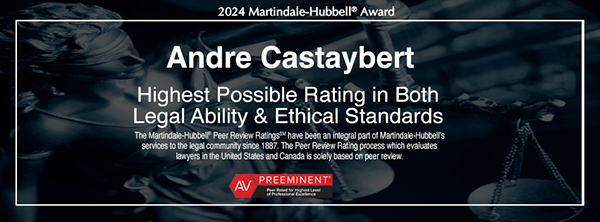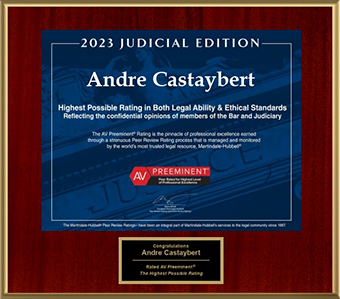The Joint Session in Mediation
June 12, 2023
As each dispute is unique, the mediation session itself is flexible and can occur in a few different formats. The mediation can involve a mix of joint sessions and private, individual caucuses.
The joint session is a format for mediation that places all parties in the same room to facilitate direct communication and discussion between participants. Often an initial joint session will be followed by independent caucuses between only a party and the mediator, allowing a more private discussion to take place. We will discuss the use of independent caucuses in the mediation procedure in a future post.
If a party feels strongly about a preference for the approach of the mediation in the use of joint sessions and/or caucuses, they may make that request directly to the mediator in a pre-mediation conference, statement, or confidential side letter.
Three common ways joint sessions can be used in mediation are:
- After the mediator’s opening statements, the parties may stay convened in a joint session and address the other participants and make opening statements. Opening statements can be made by the party, counsel, or both. Opening statements typically touch on a party’s position and overall goal for the session, and hearing the other party’s statement presents an opportunity to listen to find common ground. After opening statements are made, a larger discussion of the dispute and central issues and concerns can begin facilitated by the mediator.
- After the mediator’s opening statements, the parties may remain in a joint session and address questions and concerns together, without making opening statements.
- After independent caucuses with a party and the mediator have met, the mediator may suggest all parties convene to engage in a joint session to navigate specific concerns and issues.
Joint sessions have several benefits including:
- The open dialogue between participants of the mediation permits the parties to directly speak to each other and facilitates clear communication of the parties interests, concerns, and goals.
- Having all the parties in the same room to hear each other may build trust and empathy and increase the likelihood of finding a mutually beneficial solution.
- Joint sessions promote a high level of engagement between the participants where parties can ask questions and share individual insights into the dispute.
- Joint sessions can be efficient in saving time and money as they bring all parties together in one session, rather than two separate caucuses.
- Joint sessions allow the mediator to observe the dynamics between the participants, which can aid in the mediator’s understanding of each party’s position and finding a mutually beneficial solution to the dispute.
Either party or their counsel may want to avoid a joint session when there is a power imbalance between parties, or when face-to-face discussions may lead to more arguments and unpredictable emotions. A 2015 JAMS survey reported that there has been “a decline in the use of joint sessions,” and litigators and mediators believe this change is occurring because in certain instances upfront communication can increase hostility and be “counter-productive”.
But, in other cases, upfront dialogue between parties can build trust and empathy as it allows each side to see the concerns and goals of the other more clearly, and to work together with the mediator to find a mutually beneficial solution to the dispute.
To read how Castaybert PLLC can assist you with mediation, click here.









